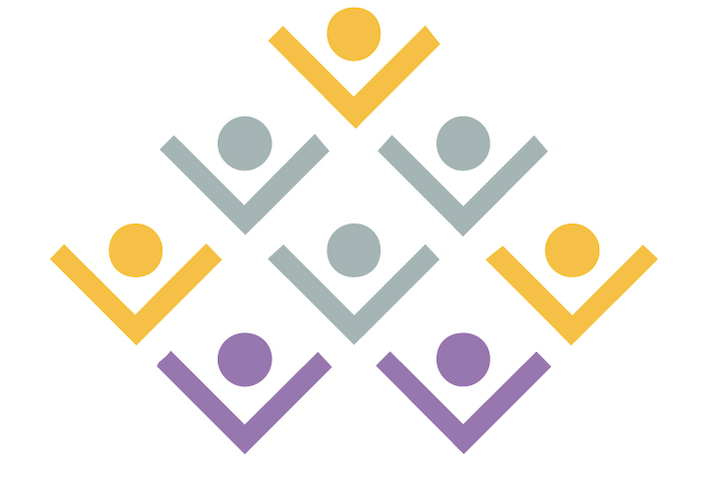Integrating Personal Development Skills Comes with Consistency
This is the third in a series of five blog posts that detail the process of becoming enlivened in your personal and professional life. This way of being results from self-study and work in the areas of voice, movement, communication, and spirit. This particular blog post is focused on the step Integration.
In my previous post, I spoke about the importance of Identification in the five-step process to becoming enlivened. In this step, you discover habits and practices that are either supporting optimal expression or holding you back. These could range from how you breathe, whether you hold tension in your jaw or tongue, or how you move (or not move) when presenting scripted material.
Once you have identified your ways and means as a communicator, you begin to develop healthy, sustainable practices for effective and dynamic communication that reflects who you are as an individual. You explore how to feel consonants to become more articulate, yet natural, as you speak.* You explore how to strengthen your vocal tone so your voice carries across the room without having to push or strain your voice. You explore open vowels that you create by releasing tension in your jaw, tongue, lips, and cheeks, while also creating a flexible vocal pitch range.** You explore how to feel connected to your body as you speak so you are fluid in your movements. All of these skills interplay in communication.
Do you find you talk harshly to yourself when you reflect on how you speak and/or move? Are you impatient with yourself? Do you take a skill for granted once you have felt it without devoting regular practice to ensure you truly learn it?
If you answered “yes” to any of these questions, I encourage you to explore the process that makes up Integration.
You achieve greater awareness of how these skills enhance a deeper connection to your true self. Embodied voice practice sinks in. This is the process of integrating and embracing voice, communication skills, breathing and moving in such a manner that stale energy holding you back is replaced by ease in accepting who you are.
Here you also come face to face with how you take on self-bettering practices. Do you judge yourself? Are you kind to yourself? Are you honest with yourself? It’s important to open your mind to a way of working that is honest, kind, and sustainable because you will then encounter these new skills with curiosity, playfulness, and ease.
Judgment of any kind is tension and will create a barrier between the skill you wish to learn and your capacity to fully experience it in body and mind. Moreover, an open, curious mind as you work with awareness of what you feel as you speak and move lays a foundation for your transformation because you are reprograming your neural patterns for skill acquisition from self-criticism to trust with yourself. This clears the path for the skills to integrate deep within and become a healthy and dynamic way of being.
You may feel great during this stage, but the work is just beginning! Just as with any self-betterment practice, such as exercise and eating right, consistency is key. You will encounter resistance or a mental seduction to slacken your discipline and fall back into your old ways. Here is where you face the fourth step: Investment, which I will explain in the next post.
Stay tuned for future posts that explain the other two steps in the process for being clear, productive, and influential.
* Most consonants are made via contact between two parts of the mouth, such as the tongue to the roof of the mouth, the lips together, or the tongue between the front teeth. This contact point helps the speaker feel grounded because the sensation is tactile in nature.
** Open vowels are made via a particular shape of the lip opening and are dilute in nature; meaning, the speaker cannot feel the voice vibrate inside the mouth on a particular area. Open vowels are oo, oh, aw, oy, er, O (as in odd), AH, ow, a (as in apple), I, and or. Speakers feel how they make these sounds via awareness of the movement of the muscles of the lips and cheeks.
